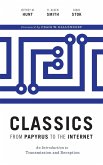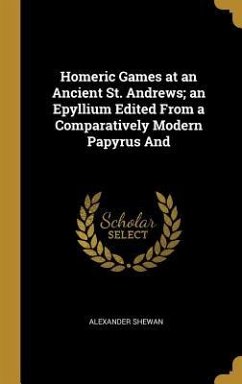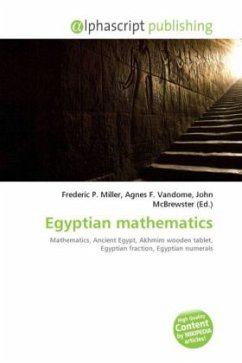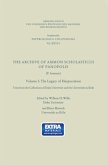Please note that the content of this book primarily consists of articles available from Wikipedia or other free sources online. The Rhind Mathematical Papyrus (RMP) (also designated as: papyrus British Museum 10057, and pBM 10058), is named after Alexander Henry Rhind, a Scottish antiquarian, who purchased the papyrus in 1858 in Luxor, Egypt; it was apparently found during illegal excavations in or near the Ramesseum. It dates to around 1650 B.C. The British Museum, where the papyrus is now kept, acquired it in 1864 along with the Egyptian Mathematical Leather Roll, also owned by Henry Rhind; there are a few small fragments held by the Brooklyn Museum in New York[citation needed]. It is one of the two well-known Mathematical Papyri along with the Moscow Mathematical Papyrus. The Rhind Papyrus is larger than the Moscow Mathematical Papyrus, while the latter is older than the former.








